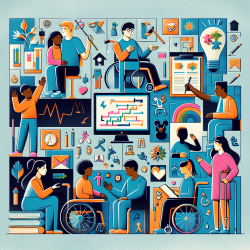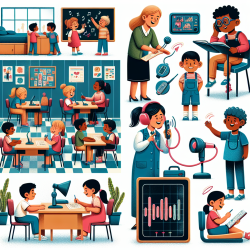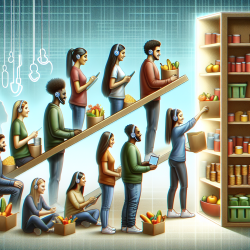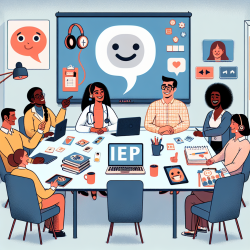In the evolving landscape of education, ensuring equity and access for all students is more important than ever. For students with disabilities, testing accommodations play a crucial role in leveling the playing field, allowing them to demonstrate their knowledge and skills without being hindered by their disabilities.
Understanding Testing Accommodations
Testing accommodations are modifications to the administration of assessments that enable students with disabilities to participate on an equal basis with their peers. These accommodations are not meant to alter the content or expectations of the test but rather to remove barriers that could impede a student's performance.
Categories of Testing Accommodations
- Scheduling/Timing: Adjustments such as extended time or breaks during tests.
- Location/Setting: Providing a separate room or special seating arrangements.
- Presentation: Changing how test materials are presented, such as using large print or braille.
- Response: Allowing alternative methods for responding to test questions, like using a scribe or speech-to-text software.
The Decision-Making Process
The process of determining appropriate testing accommodations involves a collaborative effort among educators, parents, and the students themselves. Committees on Special Education (CSE) or Section 504 Committees are responsible for making these decisions based on each student's unique needs. Key considerations include the student's IEP (Individualized Education Program) and any relevant evaluations or observations.
Guiding Questions for Decision-Making
- What are the student's specific needs that affect test-taking?
- What accommodations have been effective during instruction?
- How can accommodations be aligned with instructional supports?
Implementing Testing Accommodations
Once accommodations are determined, schools must ensure they are implemented consistently across all settings. This includes providing training for educators on how to administer these accommodations effectively. Furthermore, students should be given opportunities to practice using their accommodations before high-stakes assessments.
The Role of Technology
Technology plays a vital role in providing accessible testing environments. Tools such as text-to-speech software and computer-based testing platforms can offer significant support for students who require auditory presentation of test materials.
The Impact of Testing Accommodations
The ultimate goal of testing accommodations is to provide students with disabilities the opportunity to showcase their true capabilities. By removing barriers, we not only support individual student success but also promote a more inclusive educational environment where all learners can thrive.
For more information on testing accommodations and guidelines, please follow this link.










